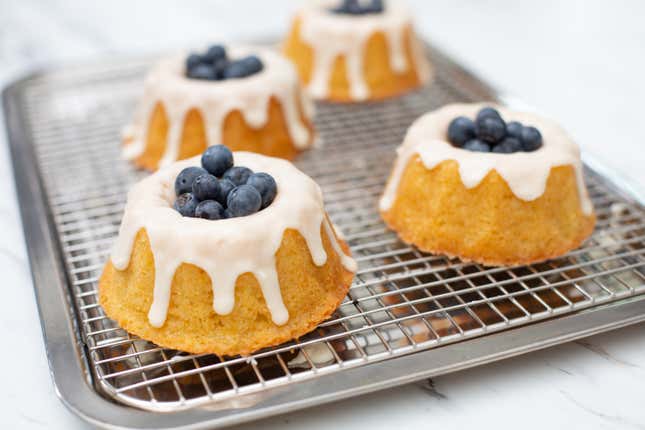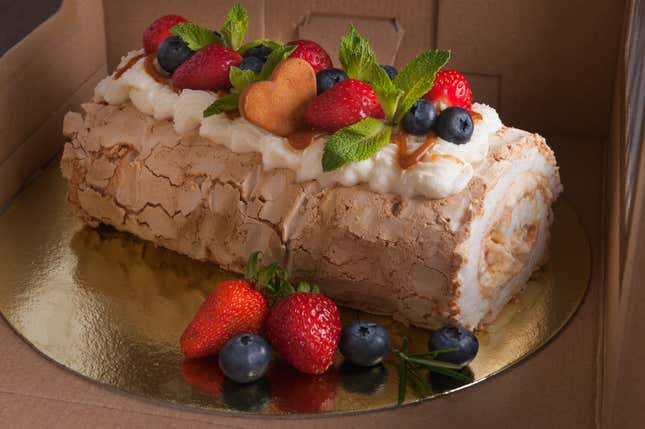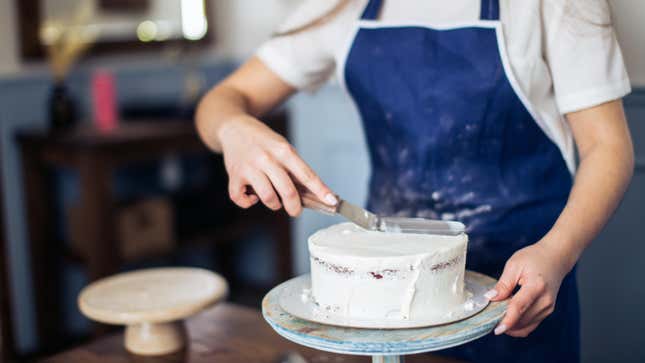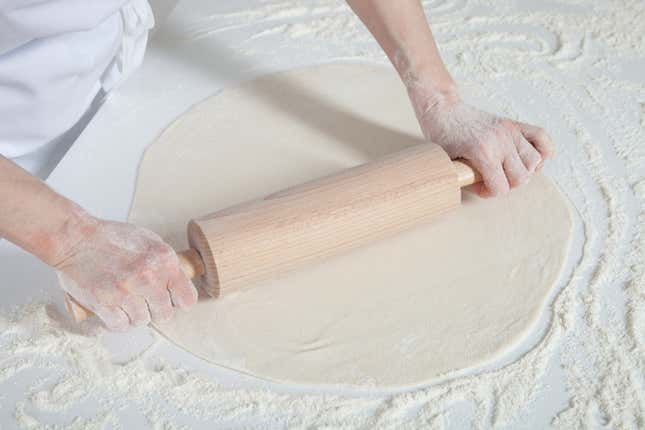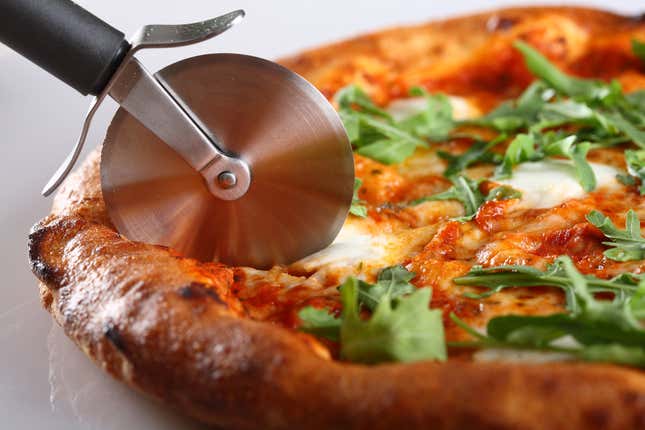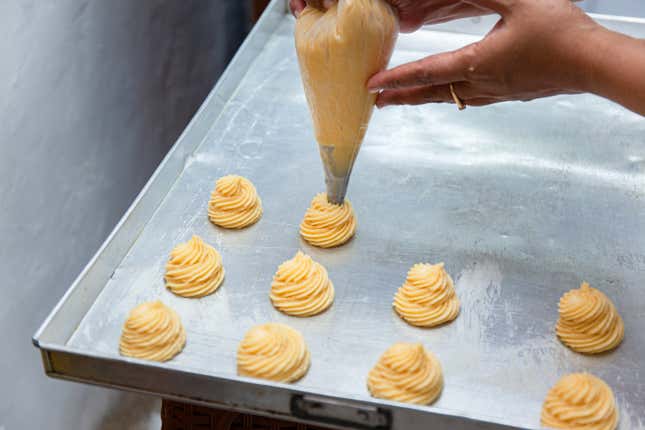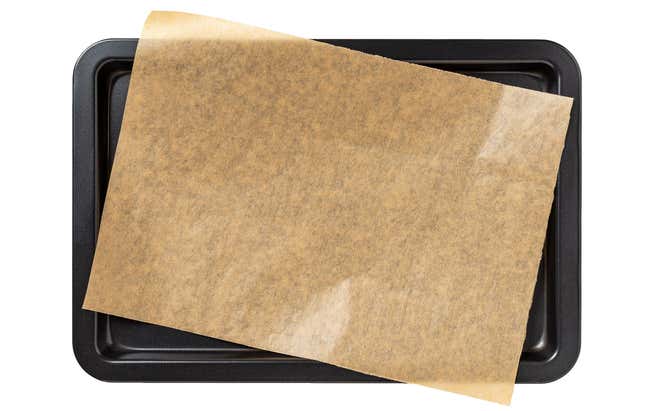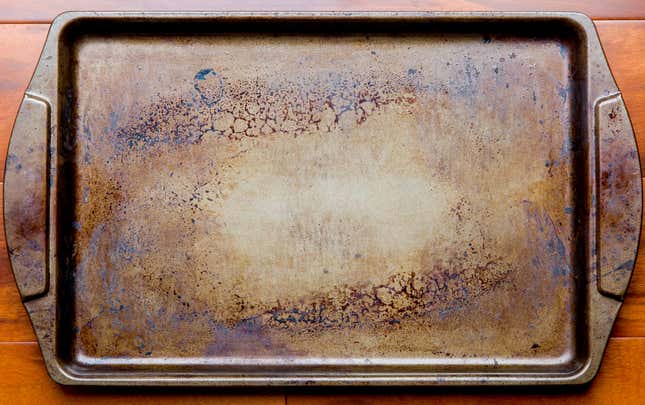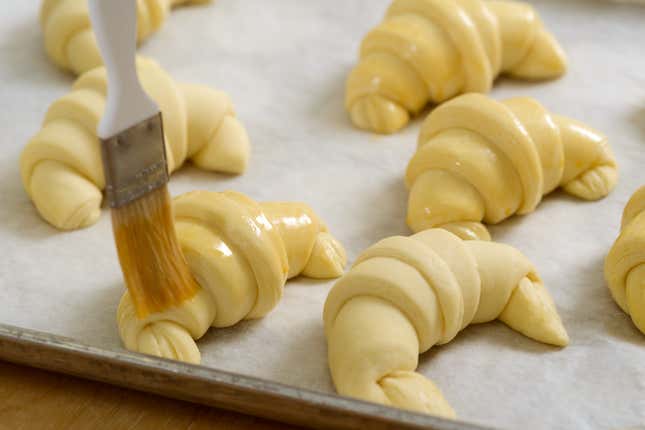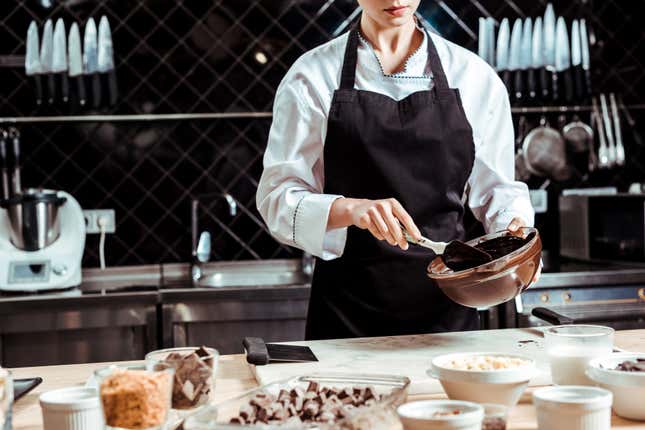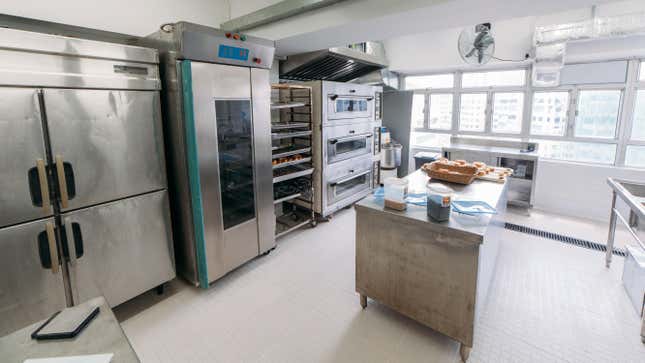
In a professional bakery kitchen, you’ll see plenty of multi-purpose tools in action, and cabinets full of gadgets that are equally believable as scalp massagers or torture devices. Although there’s a time and use for all of those utensils, in my home kitchen I ditch the docking roller for a fork. You do not, however, need years of bakery experience to figure out which baking tools you need at home, and what can be left to the pros. I made a list of 10 professional, non-electronic instruments and implements that you’ll use time and again.
